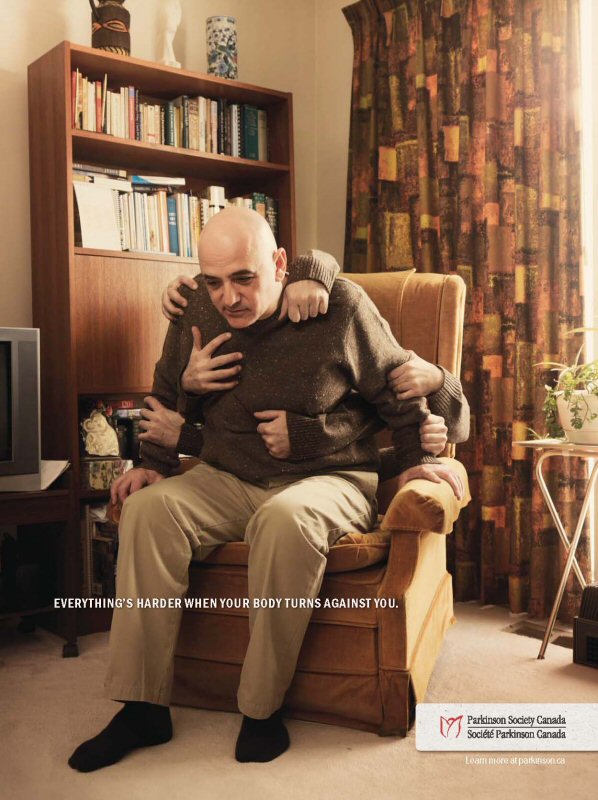
Lifestyle affects risk of second breast cancer
Surviving breast cancer is no guarantee that a new cancer won’t appear in the other breast. However, research now suggests that women can build their own personal armor to at least partially protect themselves from this occurring.
All it takes, says Dr. Christopher I. Li, is to “stay at a normal weight, don’t smoke, and drink in moderation.”
The research, headed up by Li at the Fred Hutchinson Cancer Center in Seattle, Washington, suggests that obesity, smoking and drinking too much are all risk factors for breast cancer in the opposite breast — also called the “contralateral” breast — of women who’ve had an “estrogen receptor-positive invasive breast cancer.”
That’s because estrogen can fuel these tumors’ growth, and both fat tissue and excessive alcohol use directly increase estrogen levels in the body, Li and his team propose. They believe that smoking contributes to the risk because of all the cancer-causing substances one inhales when smoking.
Until now, there haven’t been many studies regarding ways that women could protect themselves from second breast cancers, according to the report in the September 8th online issue of the Journal of Clinical Oncology.
The new study included 365 women with a first estrogen receptor-positive breast cancer and a second contralateral cancer and 726 control subjects. By reviewing medical charts and interviewing the women directly, the researchers determined body mass index (BMI) and alcohol and tobacco use. BMI is an estimate of a person’s relative body fat calculated from her height and weight.
Compared with normal weight women, those who were obese were almost half again – by 40% — as likely to develop a contralateral breast cancer. Consumption of 7 or more alcoholic drinks per week nearly doubled the risk compared with no alcohol use. Findings were similar for current smoking.
Women who both smoke and drink following diagnosis of the first cancer had an even greater risk of a second cancer. The study showed that consuming 7 or more alcoholic drinks per week coupled with current smoking increased the odds of contralateral breast cancer more than 7-fold.
In a related editorial, Dr. Jennifer A. Ligibel, from the Dana-Farber Cancer Institute in Boston, points out that the study by Li and his team took place before use of hormonal therapy for estrogen receptor-positive breast cancer became routine. Therefore, a more modern study examining the effect of modifiable lifestyle factors should involve patients treated according to current guidelines.
breast cancer, breast cancer Health, breast cancer Health Latest, breast cancer Health Information, breast cancer Health information, breast cancerHealth Photo,Exercising for Weight Health photo, breast cancer Health Latest, breast cancerHealth latest, Exercising for Weight Health Story, Healthy Minnesota Health story, breast cancer Video, breast cancer video, breast cancer Health History, breast cancer Health history, breast cancerover Picture, history, breast cancer Asia, Healthy Minnesota asia, breast cancer Gallery, Exercising for Weight gallery, breast cancer Photo Gallery, Healthy Minnesota photo gallery, breast cancer Picture, breast cancer picture, breast cancer Web, Malaysia Health, web Health, web Health picture, video photo, video surgery, gallery, laparoscopy, virus, flu, drug, video, Health Health, calories, photo, nutrition, health video, symptoms, cancer, medical, beating, diet, physical, Training, organic, gym, blister, exercise, weightloss, surgery, spiritual, eating, tips, skin, operation, bf1, Lifestyle, affects, risk, of, second, breast, cancer




